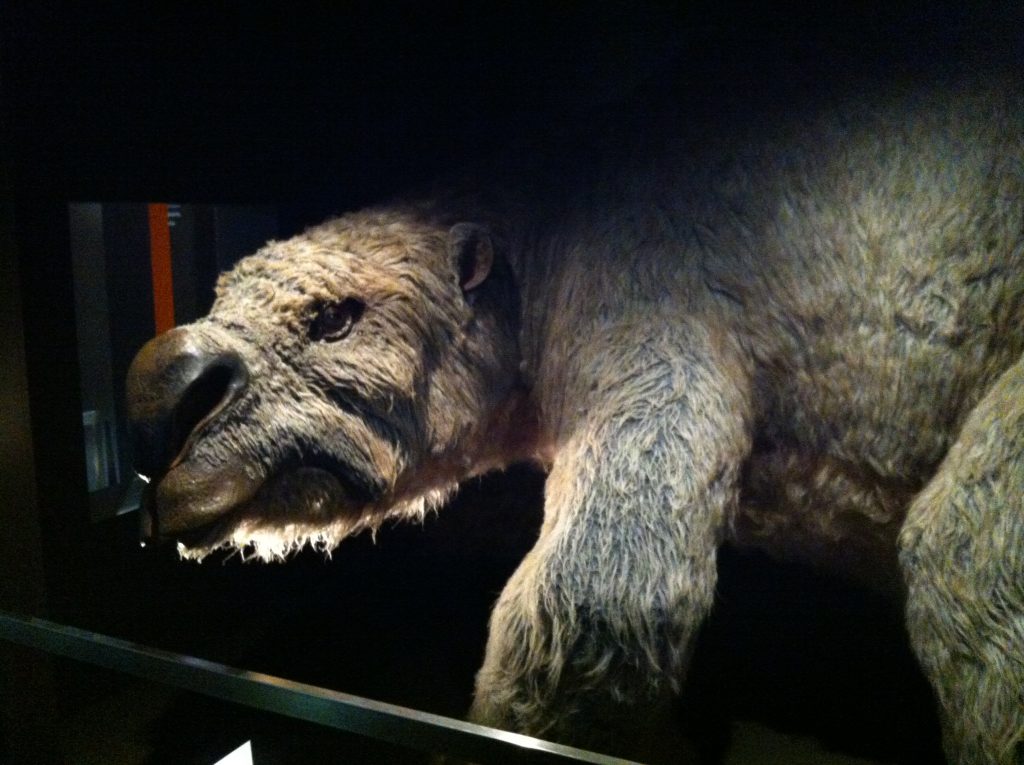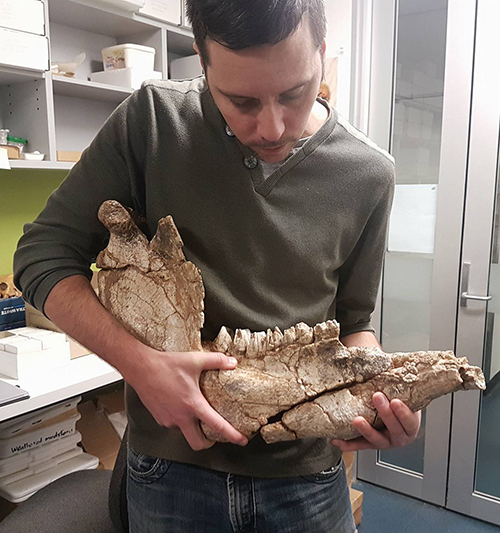A giant prehistoric Ice Age marsupial related to wombats and koalas has been discovered to be the only marsupial known to have ever followed annual seasonal migration.
Likening it to “Australia’s Ice Age Serengeti”, researchers tracked the now extinct megafauna diprotodon — a three-tonne beast up to 1.8m tall and 3.5mlong — using fossils and geochemistry tools.

A team led by the University of Queensland has shown that the Ice Age diprotodon would make seasonal, round-trip pilgrimages up to 200km in search of food.
The extinction of the diprotodon may provide some insight about the possible threats to contemporary migratory mammals and the consequences if they are wiped out.
“The diprotodon superficially looks like a wombat but in fact it’s in a completely different family,” said Dr Julien Louys of Griffith’s Australian Research Centre for Human Evolution (ARCHE).
“They’re famous on a global scale for being the largest marsupial that ever lived.
“We were able to determine it’s likely that these animals were migrating seasonally. We think the demise of these animals may have significantly restructured the ecosystems that were present in Australia during the last 2 million years or so.”

The study,Seasonal migration of marsupial megafauna in Pleistocene Sahul (Australia-New Guinea),has been published in journalProceedings of the Royal Society of London B.
Background:
TheAustralian Research Centre for Human Evolution, which sits within based in Griffith’s Environmental Futures Research Institute, is the first academic centre specifically focused on gaining a deeper understanding of the scale of ancient human migrations and the full story of the origins of the people in our region. An initiative of Queensland’s Griffith University, ARCHE’s mission is to foster research excellence through multidisciplinary projects that bring together leading Australian and international scholars and institutions in the field of human evolution, with a particular focus on two key regions: Australia and neighbouring Southeast Asia.
